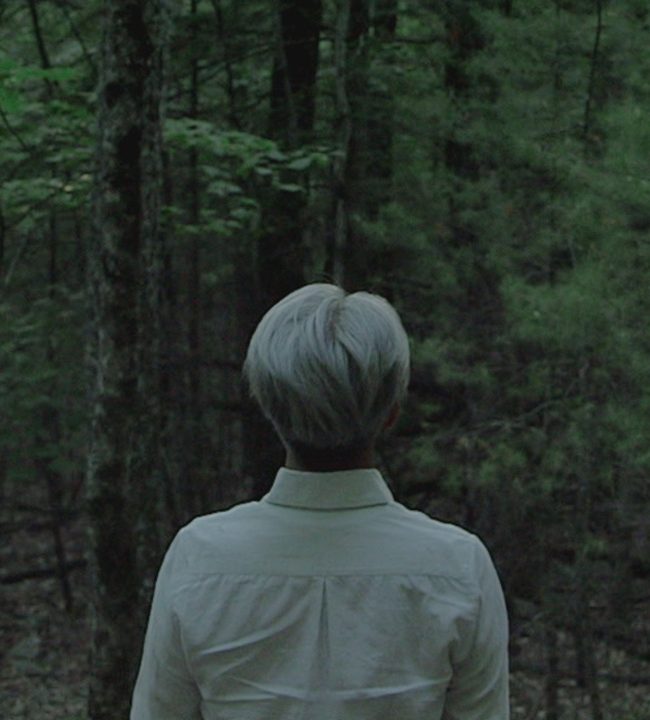WHEN LAMBS BECOME LIONS

(The 2018 Tribeca Film Festival ran April 18-29 in Manhattan, NY. Hammer to Nail has all sorts of coverage coming your way so stay tuned…)
Winner of Tribeca’s Best Editing in a Documentary Film Jury Award, When Lambs Become Lions, the debut documentary feature from Jon Kasbe, examines the often symbiotic relationship, in Kenya, between the protectors of endangered animals and poachers. There have been a number of recent films like this that tackle, head-on, issues of trophy hunting and decimation of species, including The Islands and the Whales, The Last Animals, A River Below and Trophy. Where Kasbe’s movie differs is in its intensive exploration of the ways in which government negligence forces people who might otherwise behave well to do bad things, just to get by. The elephants, sadly, don’t stand much of a chance.
The film opens at night, as “X” (the only name by which we know him), a successful trader in black-market ivory, delivers his ill-gotten gains to a buyer. Unwilling to kill elephants, himself, but more than willing to pay someone else to do the deed, he lives well, like a bootlegger in a 1930s Hollywood gangster film. His cousin Asan, a former poacher, is now a park ranger, and regrets his former ways. Armed and dangerous, the rangers aggressively guard the elephants’ territory, sometimes beating – and maybe shooting (though we hear only threats, and see no such executions) – the offenders. “Better to kill the poacher and save the elephant,” says Asan. The problem is, the Kenyan government is late in paying the rangers’ salaries. And then late again. How long will these men endure such treatment before resorting to poaching, themselves?
Indeed, the cost of ivory is high on the international market, illegal as the trade may be, and we watch as the bosses make excuses for the lack of funds, and know that it is only a matter of time before someone – possibly Asan – breaks down. After all, what is a husband and father to do, if he wants to feed his family? Kasbe methodically presents the facts of the case, remarkably embedded with both sides. His work is a testament to investigative journalism, given how well he gets the competing constituencies each to trust him.
Fortunately, he avoids any display of elephant killing, choosing to focus on the behind-the-scenes machinations of the illicit industry, instead. We see plenty of ivory, but no elephants being killed. Though the story it tells may be depressing, there is some hope in the fact that the Kenyan government at least seems to want to crack down on the ivory trade, even if they lack the funds (or are too corrupt) to do so properly. The problem remains, however, that people without the means to make a living honestly will stoop to dishonesty. Solve that conundrum, and you save the elephant.
The film is beautifully photographed (by the director, himself) and yes, perfectly edited. I love the nighttime scenes, melancholy in their stillness…at least until the hunt begins, startling us out of our complacency. But that’s a good jolt to our system. If our pachyderm friends are not to go the way of the dodo, this film and its cinematic brethren needs to be seen and shared with any and all, so that the slaughter may stop.
– Christopher Llewellyn Reed (@ChrisReedFilm)











